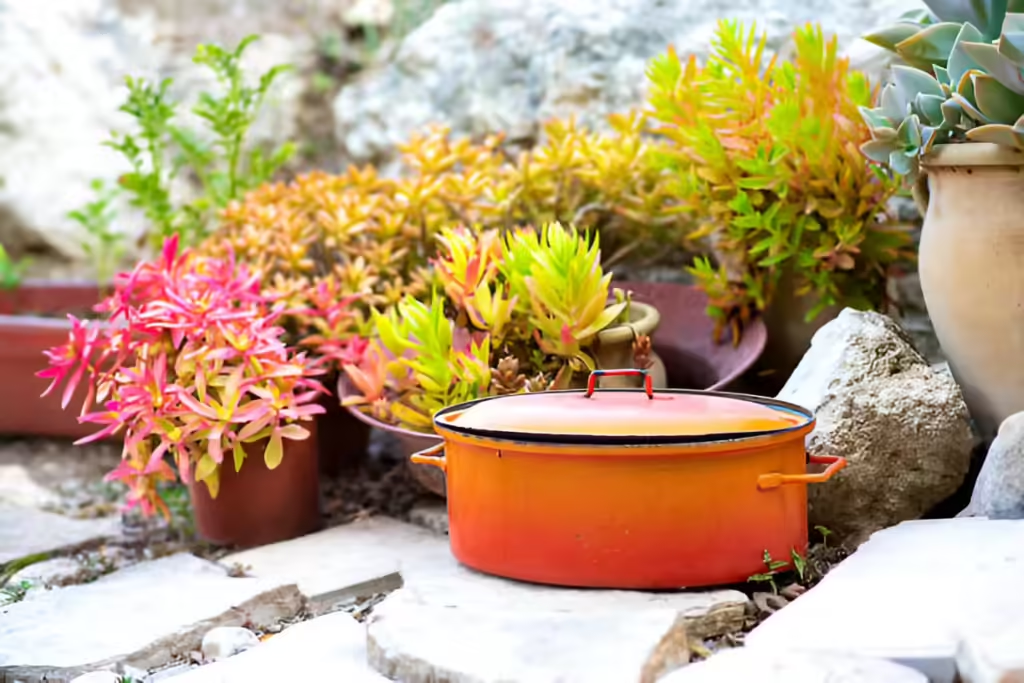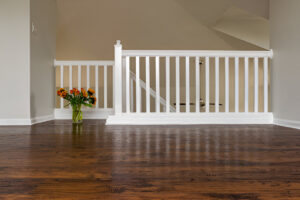Transform Trash into Treasure
In the age of sustainability, giving a second life to items destined for the landfill is not just eco-friendly but also creatively fulfilling. With summer here, why not channel your inner gardener by turning old, forgotten household items into beautiful, one-of-a-kind planters? Whether you’re looking to spruce up your backyard, patio, or even indoor spaces, these clever DIY planter ideas can add a touch of charm while promoting sustainable living.
Why Upcycling is Essential for Modern Gardening
As the global conversation about sustainability grows louder, gardening has evolved beyond just nurturing plants—it’s now about nurturing our planet. By recycling old items into planters, you’re not just saving money, but also contributing to environmental conservation. According to the Environmental Protection Agency, millions of tons of waste are generated yearly, and upcycling can significantly reduce this burden.
“Recycling doesn’t just mean sorting your plastics and papers. It’s about reimagining what we already have,” says eco-designer Sarah Collins. “These DIY planter projects offer a perfect blend of creativity and sustainability, making your garden a true reflection of your values.”
Creative Upcycling Ideas for Stunning DIY Planters
Here are ten inventive ways to repurpose your old junk into eye-catching planters:
1. Vintage Teacups and Bowls
Delicate and charming, old teacups and bowls make perfect small planters for succulents or herbs. Their petite size is ideal for windowsills or tabletop gardens. Simply drill a small drainage hole at the bottom, add soil, and plant away.

2. Rustic Wooden Crates
Wooden crates can easily be transformed into rustic, country-style planters. They are perfect for larger plants and can be stacked for a tiered garden look. Line them with landscape fabric to prevent soil leakage, and you’ve got a sturdy and stylish planter.
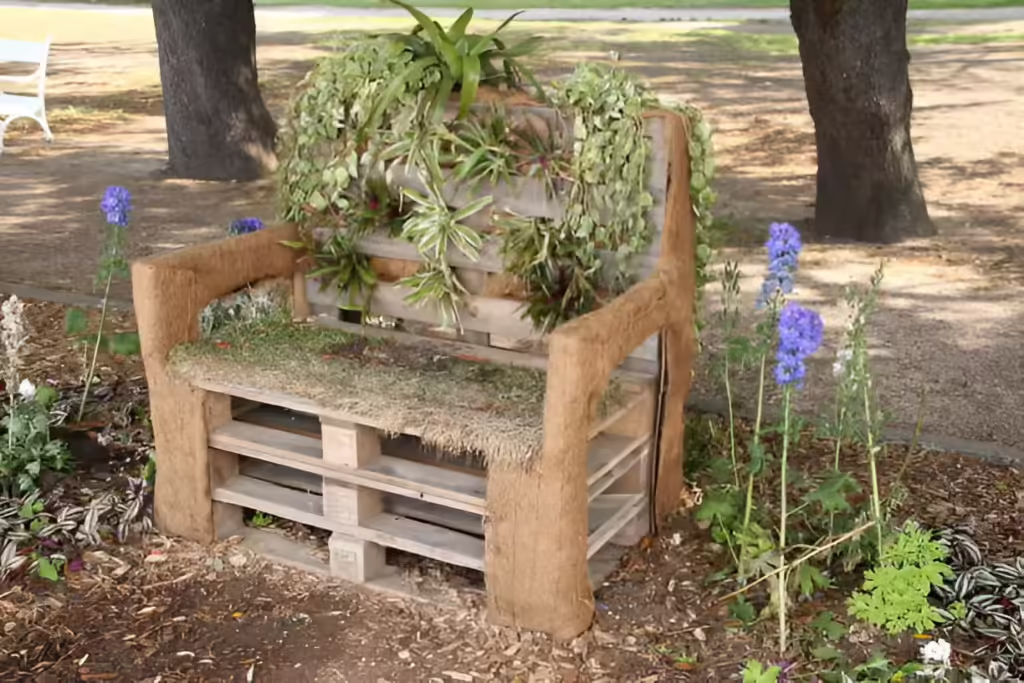
3. Old Tires
Give those old tires a new life by converting them into colorful garden planters. Stack them, paint them bright colors, and fill them with flowering plants or vegetables. Not only do they make a bold statement, but they also prevent tires from ending up in landfills.
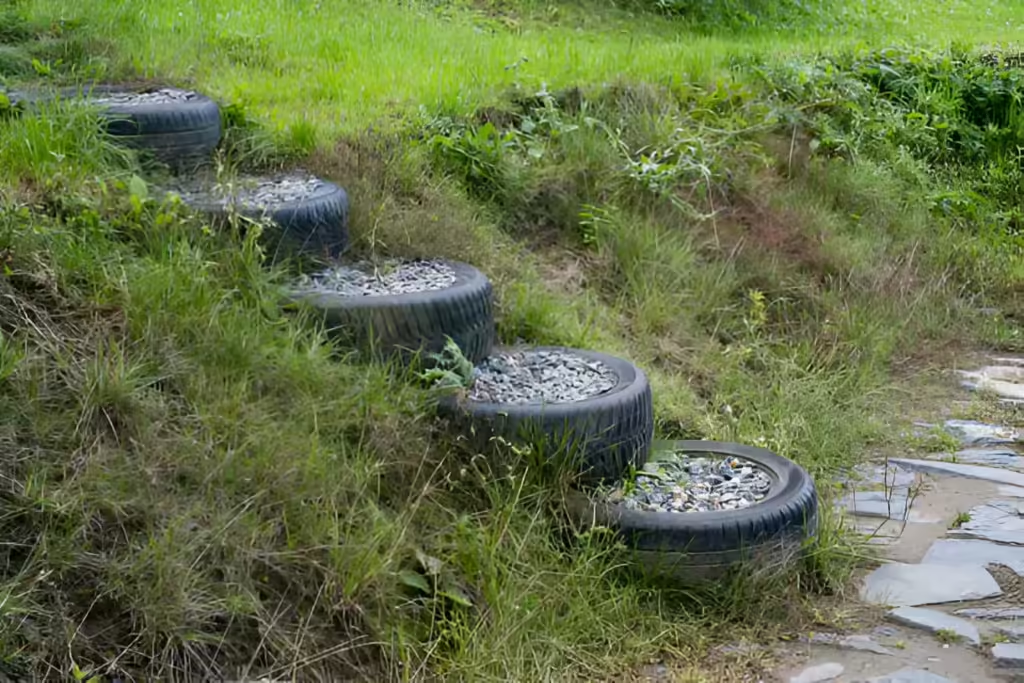
4. Kitchen Colanders
Colanders, with their built-in drainage holes, are a gardener’s dream. They add a quirky, industrial touch to your outdoor space. Hang them from hooks or place them on stands to display your favorite blooms.
5. Worn-Out Boots and Shoes
Got an old pair of boots? Instead of throwing them away, turn them into funky planters. Their unique shape adds a playful touch to your garden, and their sturdy material holds up well against the elements.
6. Baskets of All Shapes and Sizes
Baskets are naturally decorative, and when lined with plastic, they can hold soil and plants beautifully. Perfect for hanging plants, they bring a touch of boho-chic to any space.
7. Metal Tins and Cans
From coffee tins to paint cans, metal containers can be repurposed into industrial-chic planters. Just be sure to add drainage holes. Group them together for a cohesive, modern look.
8. Old Furniture Drawers
Repurpose old dresser drawers into spacious planters. Paint them in vibrant colors or let them weather naturally for a rustic feel. These work well for larger plants or as mini herb gardens.

9. Mason Jars
Mason jars have long been a favorite for DIY enthusiasts. These versatile containers can be used as small herb planters or hung along fences for a decorative effect. They’re perfect for plants that thrive indoors, too.
10. Broken Pottery Pieces
Instead of discarding broken pottery, use the pieces to create mosaic planters. Embed the shards into cement planters for a colorful, textured finish that adds an artistic flair to your garden.
Tips for Creating Long-Lasting Planters
To ensure your upcycled planters stand the test of time, consider the following tips:
- Proper Drainage: Always drill holes at the bottom of your planters to prevent waterlogging.
- Waterproofing: For items not naturally waterproof, line them with plastic or use waterproof sealant.
- Regular Maintenance: Keep an eye on the condition of your planters, especially those made from materials like wood or fabric that may degrade over time.
The Joy of Sustainable Gardening
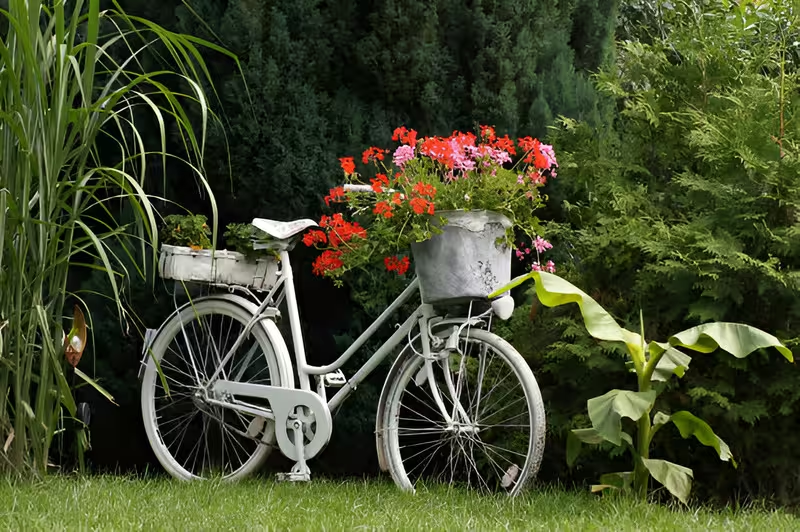
Beyond the environmental benefits, upcycling brings a personal touch to your garden. Each planter tells a story, adding character and uniqueness that store-bought planters often lack. Plus, the process of creating something new from something old is deeply satisfying and a great way to spend a summer afternoon.
“Gardening is about growth—in more ways than one,” remarks Collins. “Upcycling allows us to grow not just plants, but also our creativity and commitment to the planet.”
Conclusion: Start Your Upcycling Journey Today
With just a little imagination, your home can become a haven of sustainability and creativity. This summer, embrace the challenge of transforming everyday items into beautiful planters that will brighten your space and benefit the environment.
So, gather your old junk and get started—your garden, and the planet, will thank you.
FAQ Section
How do I ensure proper drainage in upcycled planters?
Always drill holes at the bottom of your planters. If the material is too delicate, use a plastic liner with pre-made drainage holes.
What type of paint should I use for painting old tires or metal cans?
Use outdoor acrylic paint for durability. For tires, consider using rubberized paint to prevent cracking.
Can I use these planters indoors?
Yes! Many of these upcycled planters are suitable for indoor use, especially smaller ones like teacups, mason jars, and colanders.
How can I prevent wooden planters from rotting?
A: Line the inside with plastic or landscape fabric, and treat the wood with a water-resistant sealant.
Are there any items I should avoid using as planters?Avoid items treated with harmful chemicals or materials that may leach toxins into the soil, like certain plastics or painted surfaces.

